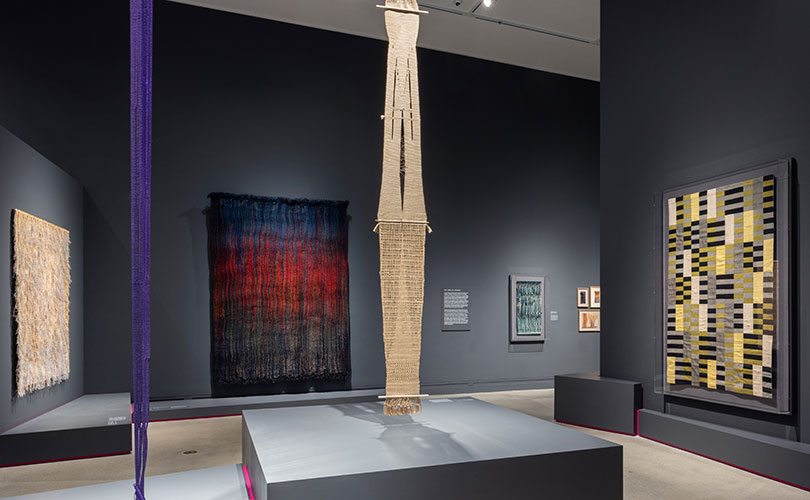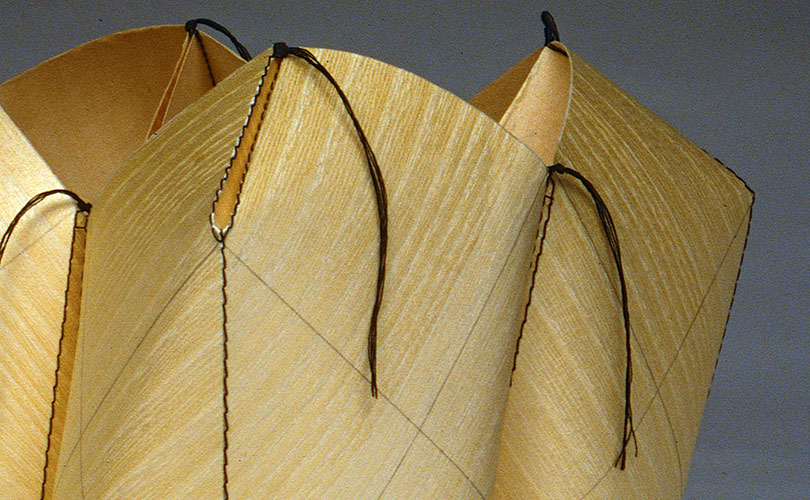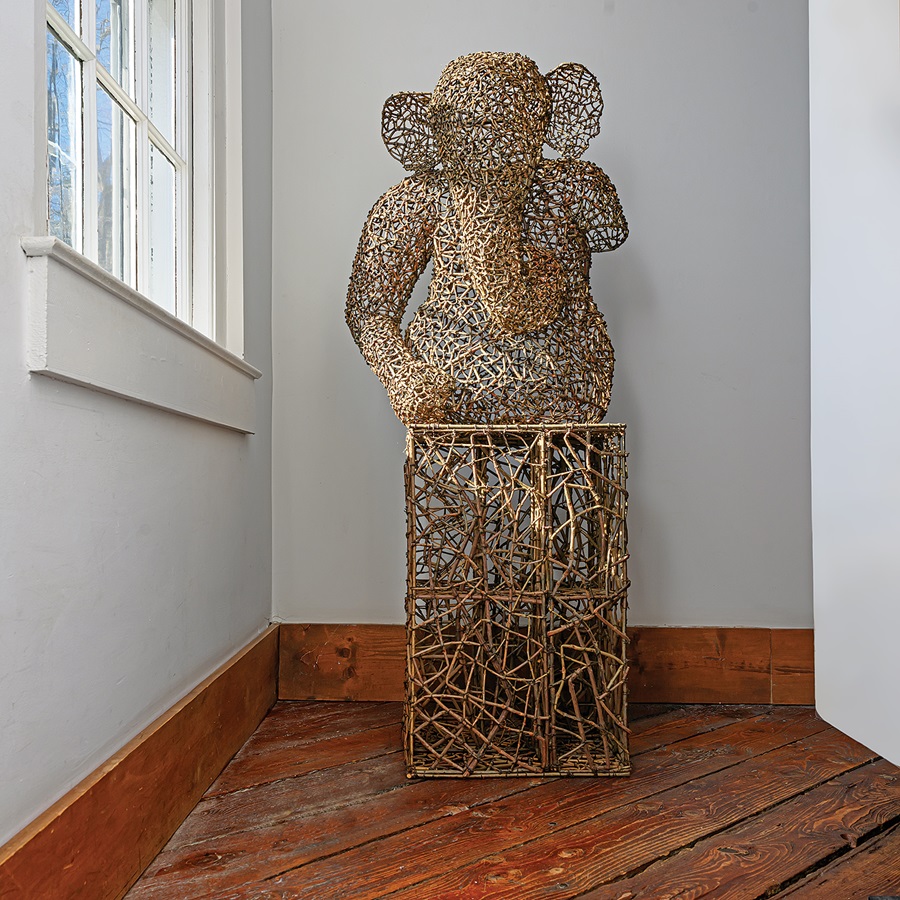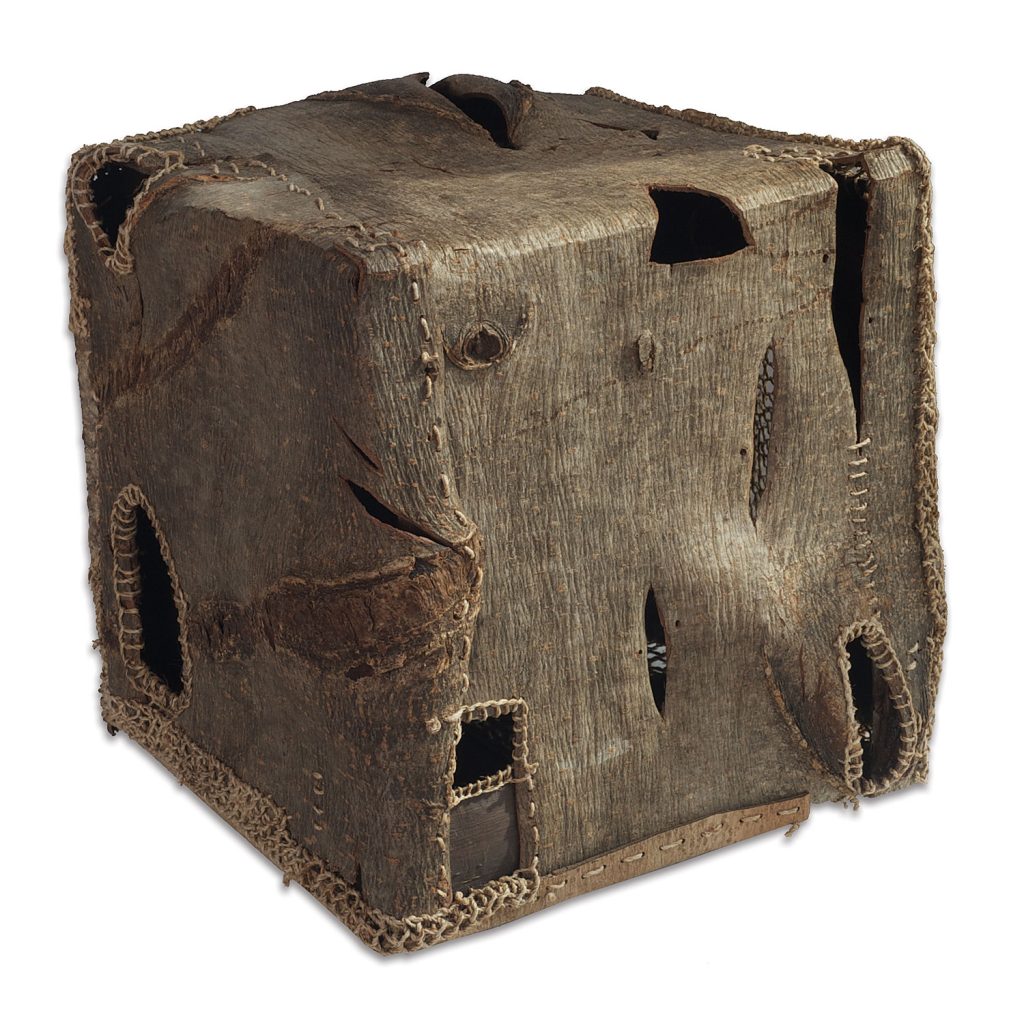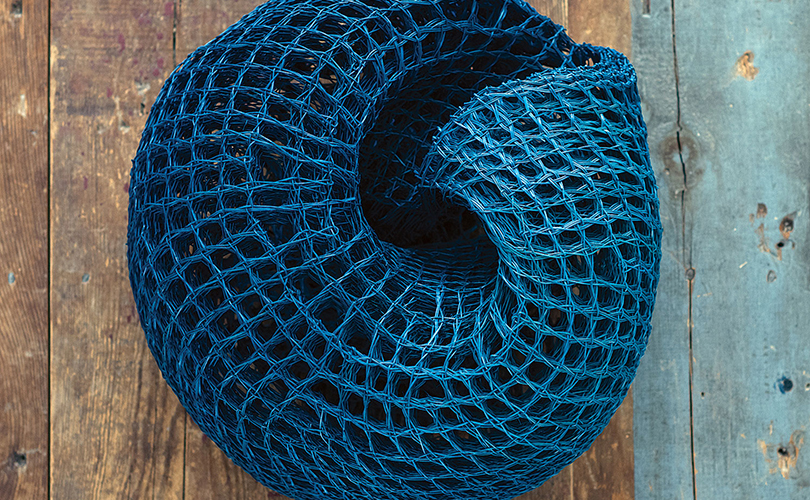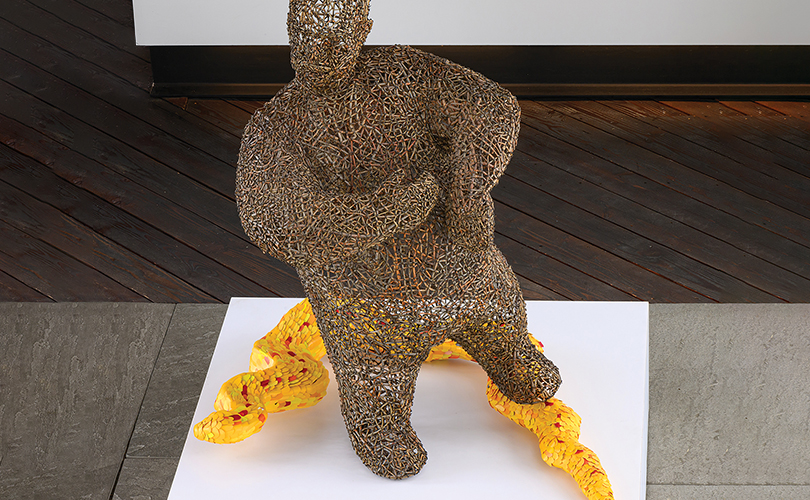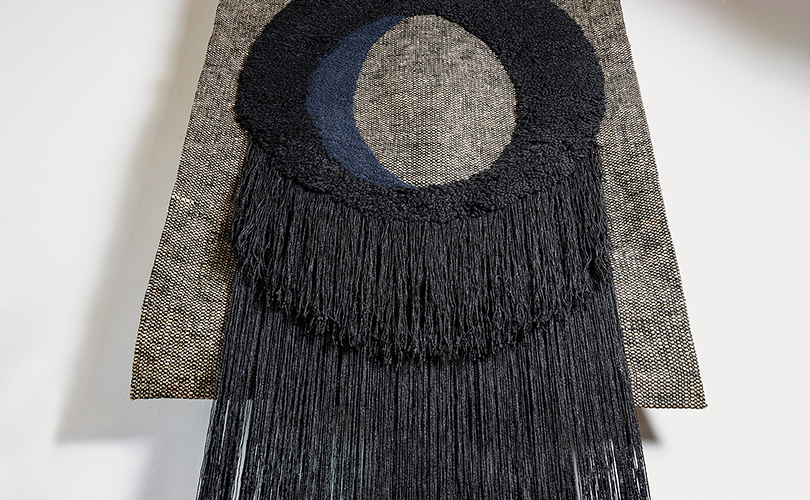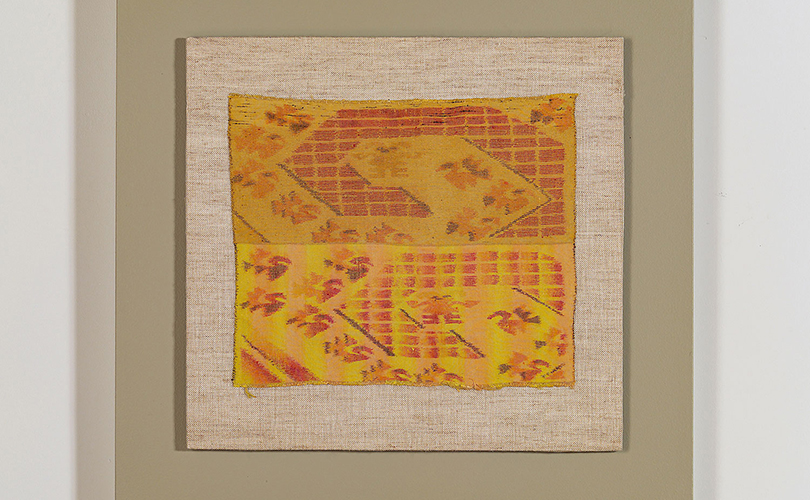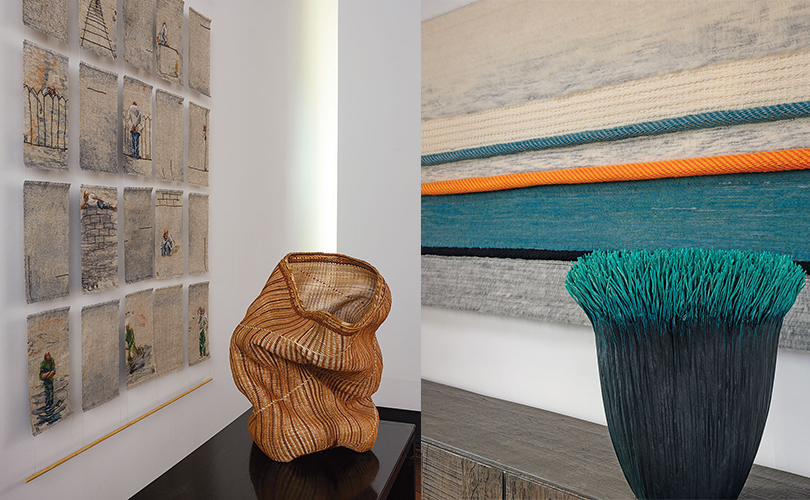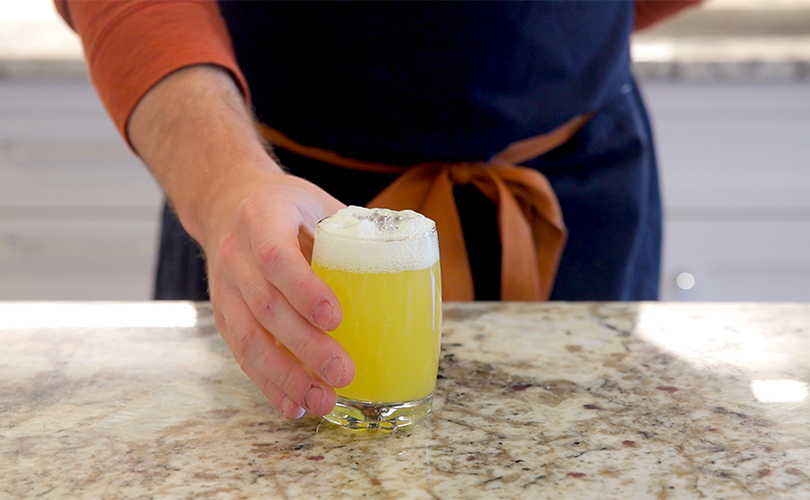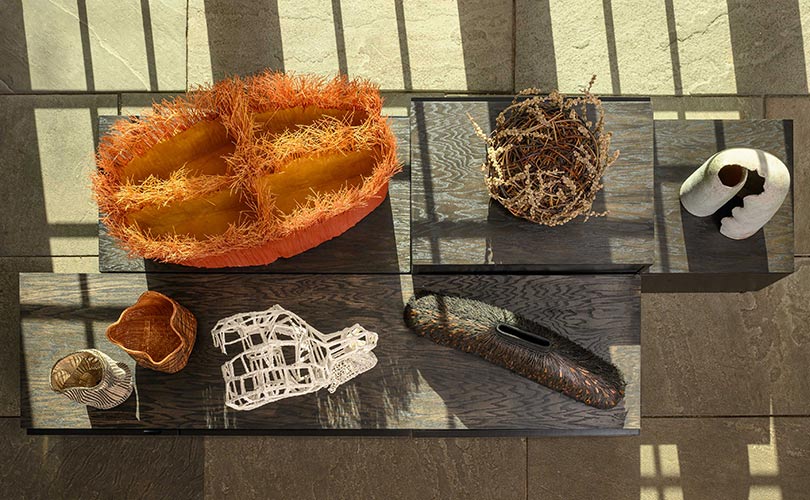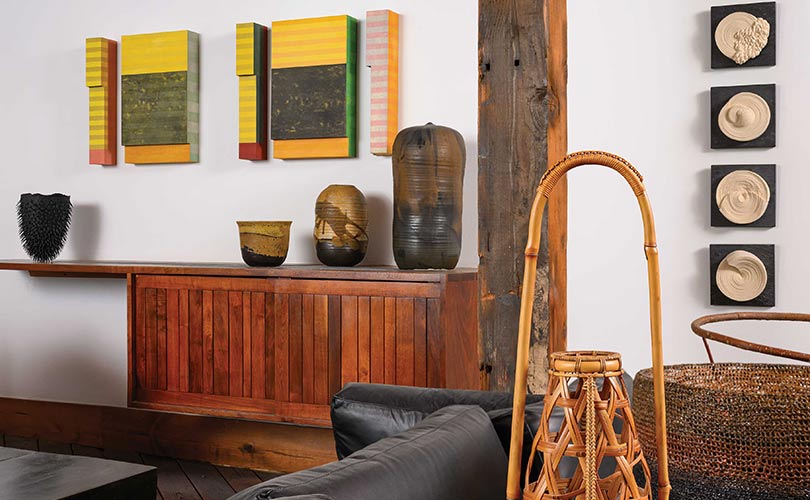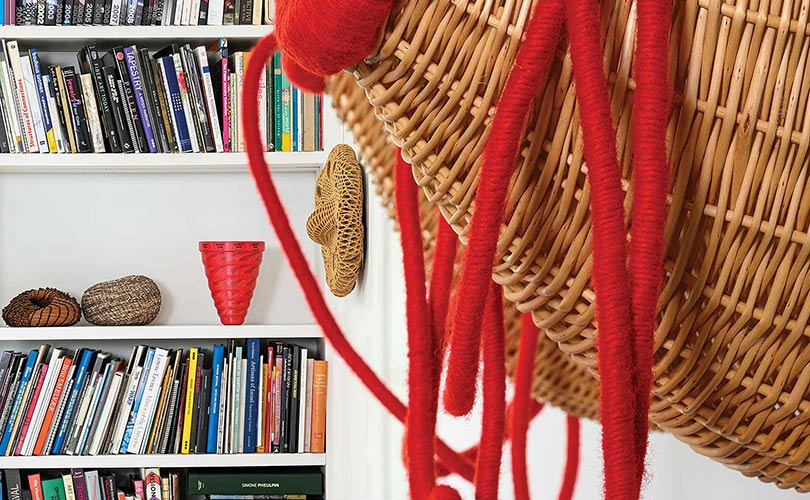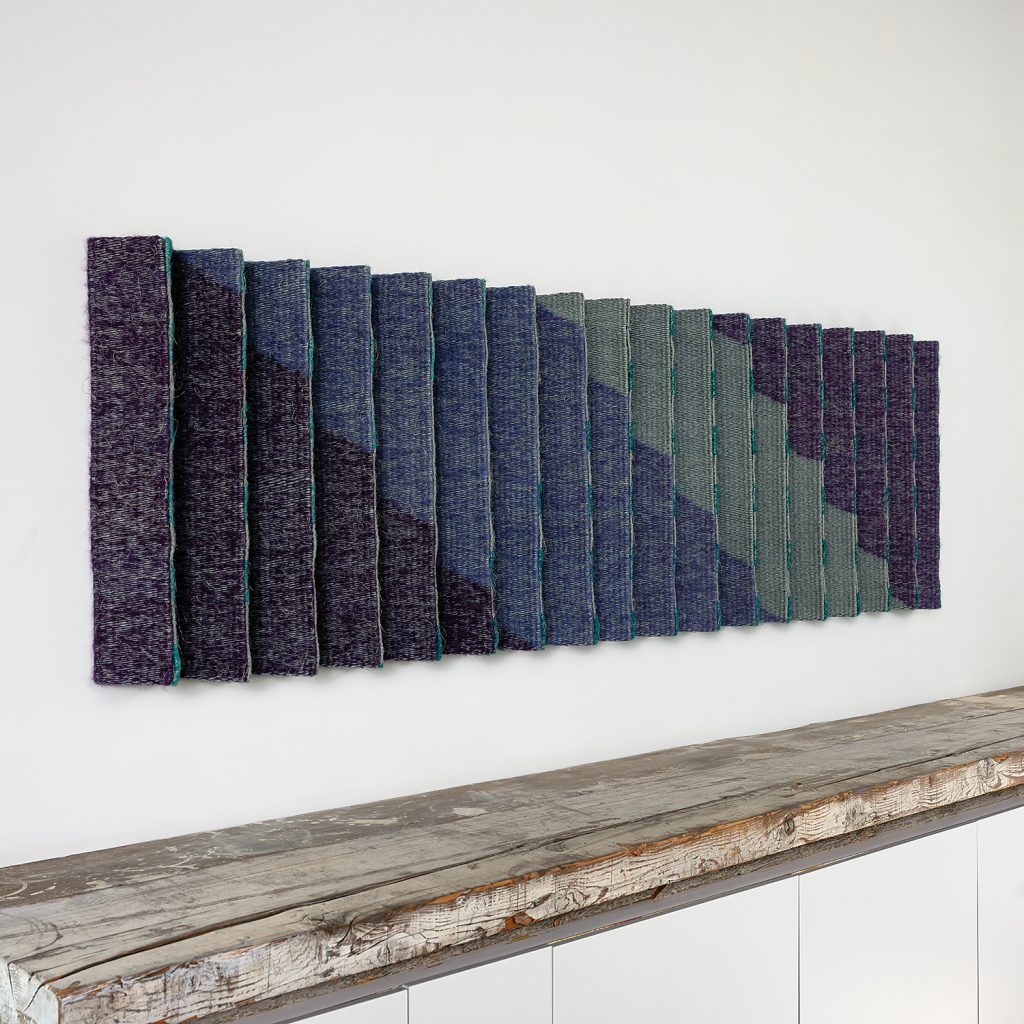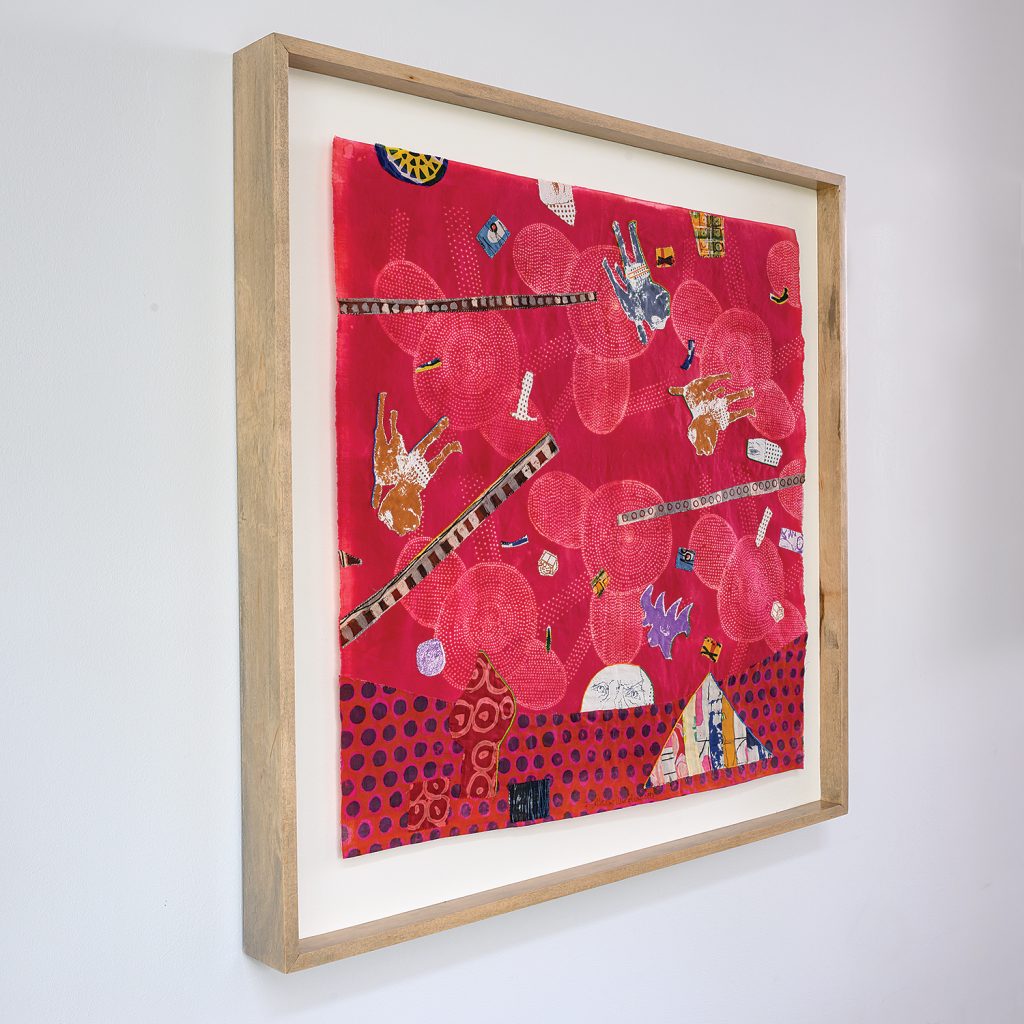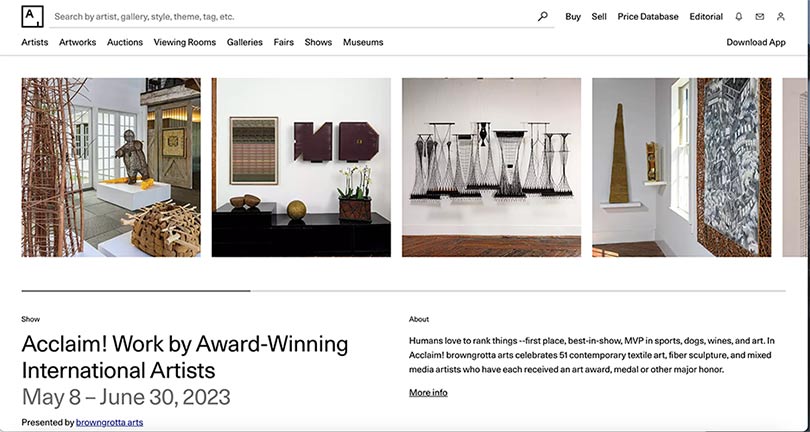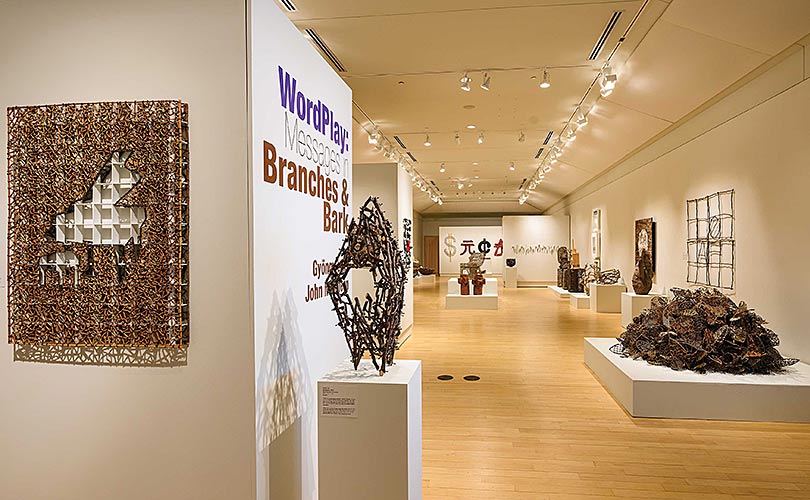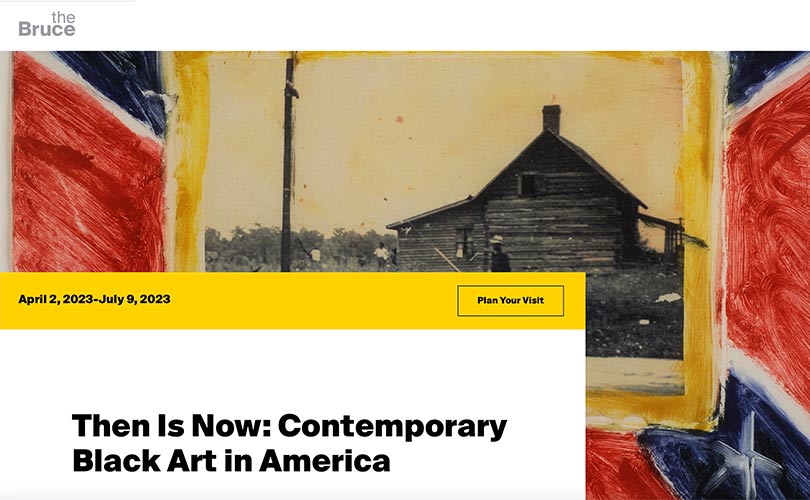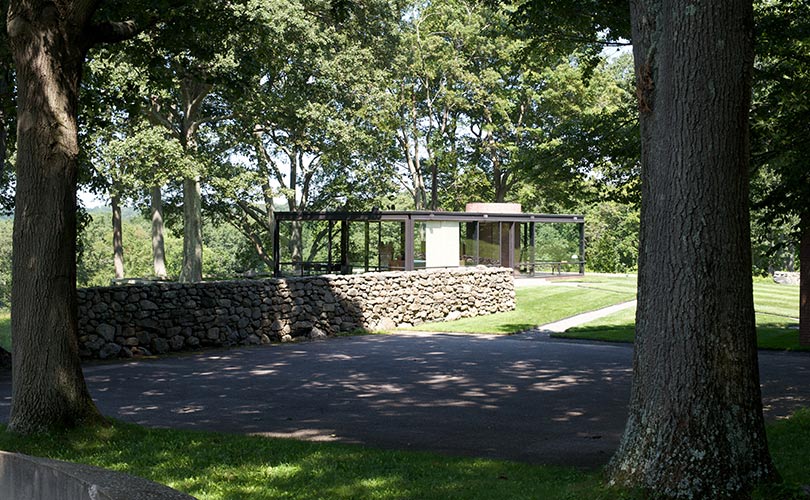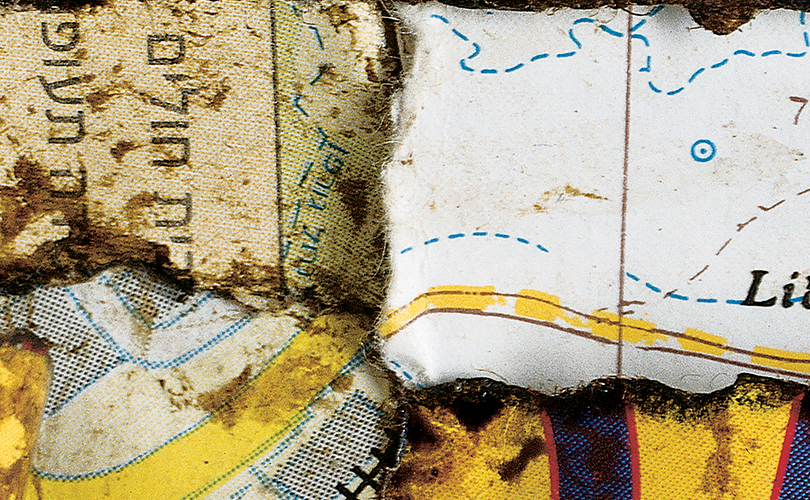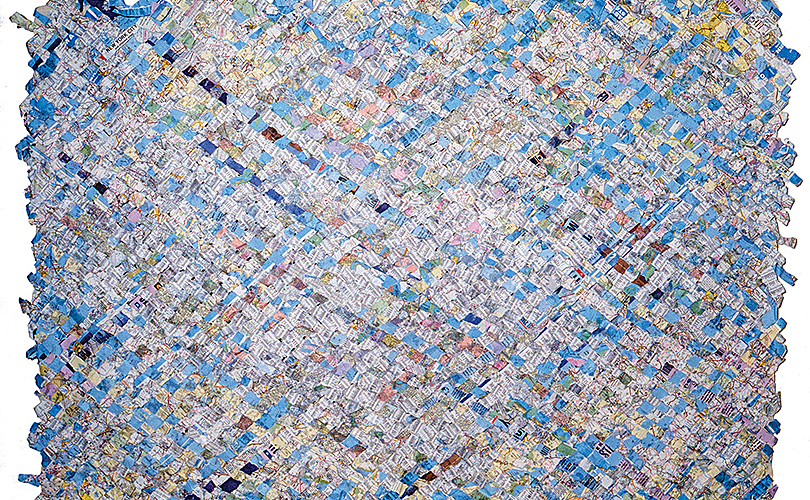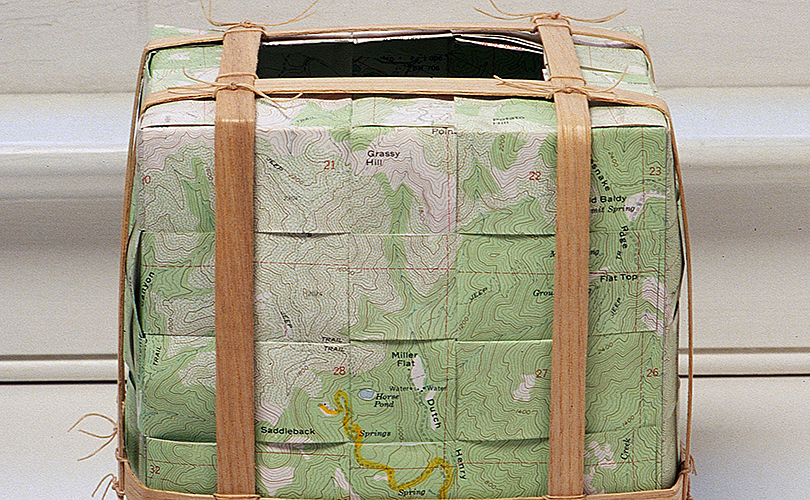March was an eventful month at browngrotta arts! From celebrating Women’s History Month to gearing up for our upcoming spring exhibition, it was a month filled with excitement and anticipation. With Discourse: art across generations and continents (May 4 – 12, 2024) just around the corner, we’re eagerly counting down the days. Plus, we’ve been showcasing a diverse range of talented artists on our ‘New This Week’ series. Now, we’re here to give you a recap of everything we’ve covered so you can stay up to date.
Dive in for all the details!

To start off the month, we highlighted art from renowned Japanese artist Kyoko Kumai. With a background in weaving, Kumai honed her craft over the years, refining her own techniques of interlacing and knotting. Since 1975, she has been exploring the possibilities of stainless steel filaments – resulting in mesmerizing pieces that exude an ethereal, weightless quality, evoke a sense of movement and garner her international acclaim.
It’s been an absolute honor for us to collaborate with such a talented artist, and we couldn’t wait to share her work with all of you this month.

Up next in March, we then turned our spotlight to the late, gifted artist Tsuruko Tanikawa. Tanikawa’s profound exploration of space, shade, and light was deeply rooted in her use of metal, which she described as simultaneously open and interconnected.
“I am interested both in a part in light and in a part in shadow,” said Tsuruko Tanikawa. “The shape of my work is made by deleting a part from a complete form.”
It was a privilege to delve into Tanikawa’s remarkable body of work and share her artistic journey with you this month.

We then turned our focus to UK artist, Caroline Bartlett. Bartlett delves deep into the historical, social, and cultural dimensions of textiles, delving into their tactile significance and their unique capacity to evoke memory.
In her practice, she masterfully blends techniques, imprinting, stitching, erasing, and reworking cloth, seamlessly integrating textiles with other media like porcelain.
We’re thrilled to announce that Bartlett is among the esteemed lineup of 50+ artists to be showcased in our forthcoming exhibition, Discourse. We can’t wait to present her captivating work to you firsthand!
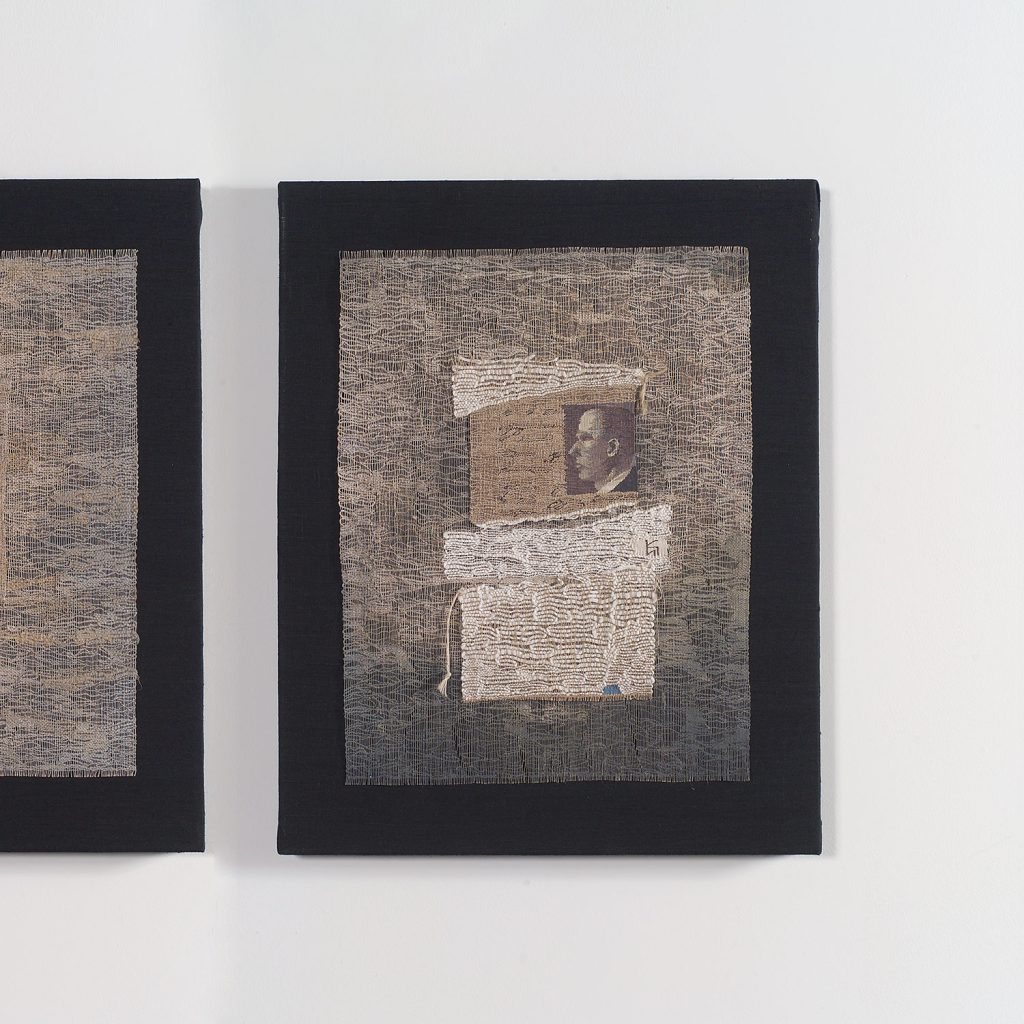
Finishing off the month strong, we featured the work of artist Irina Kolesnikova. Originally from Russia and now based in Germany, Kolesnikova brings a unique perspective to her textile creations.
Her pieces often delve into the interplay of color and texture, weaving together a narrative that resonates deeply with viewers. Kolesnikova’s exploration extends to black-and-white photography, where she cleverly integrates silhouettes, attire details, and occupational symbols into her collages, which are then translated into intricate weavings.
In her own words, her creations offer a glimpse into her alter ego—a whimsical, slightly awkward character navigating the complexities of life.
Kolesnikova is another talented artist that will be featured in Discourse this May, so be sure to mark your calendars to see her work for yourselves!
Thank you for joining us on this remarkable journey. Stay tuned for more updates, insights, and artistic discoveries in the months ahead. Until then, keep exploring, keep creating, and keep embracing the beauty of art in all its forms.





